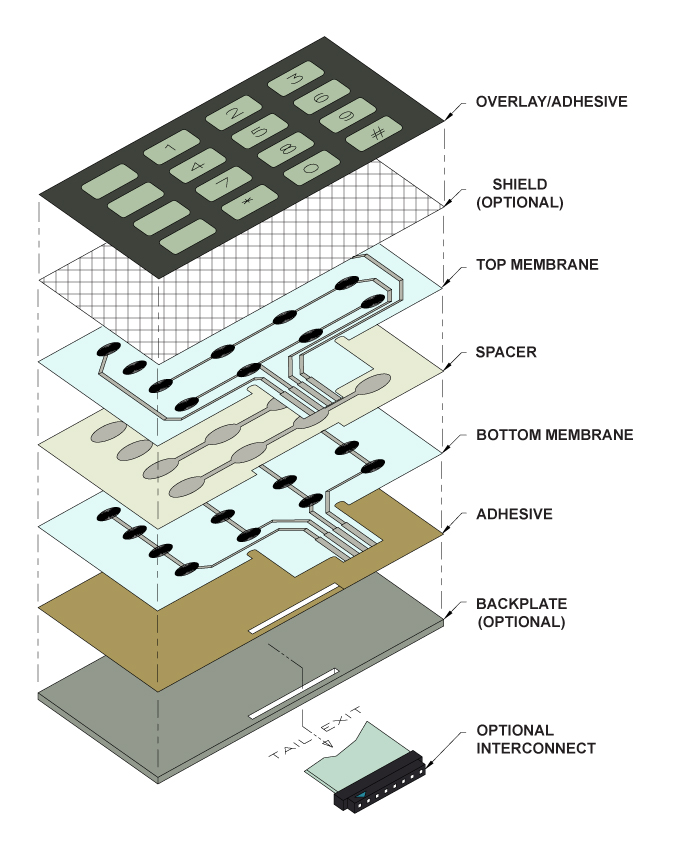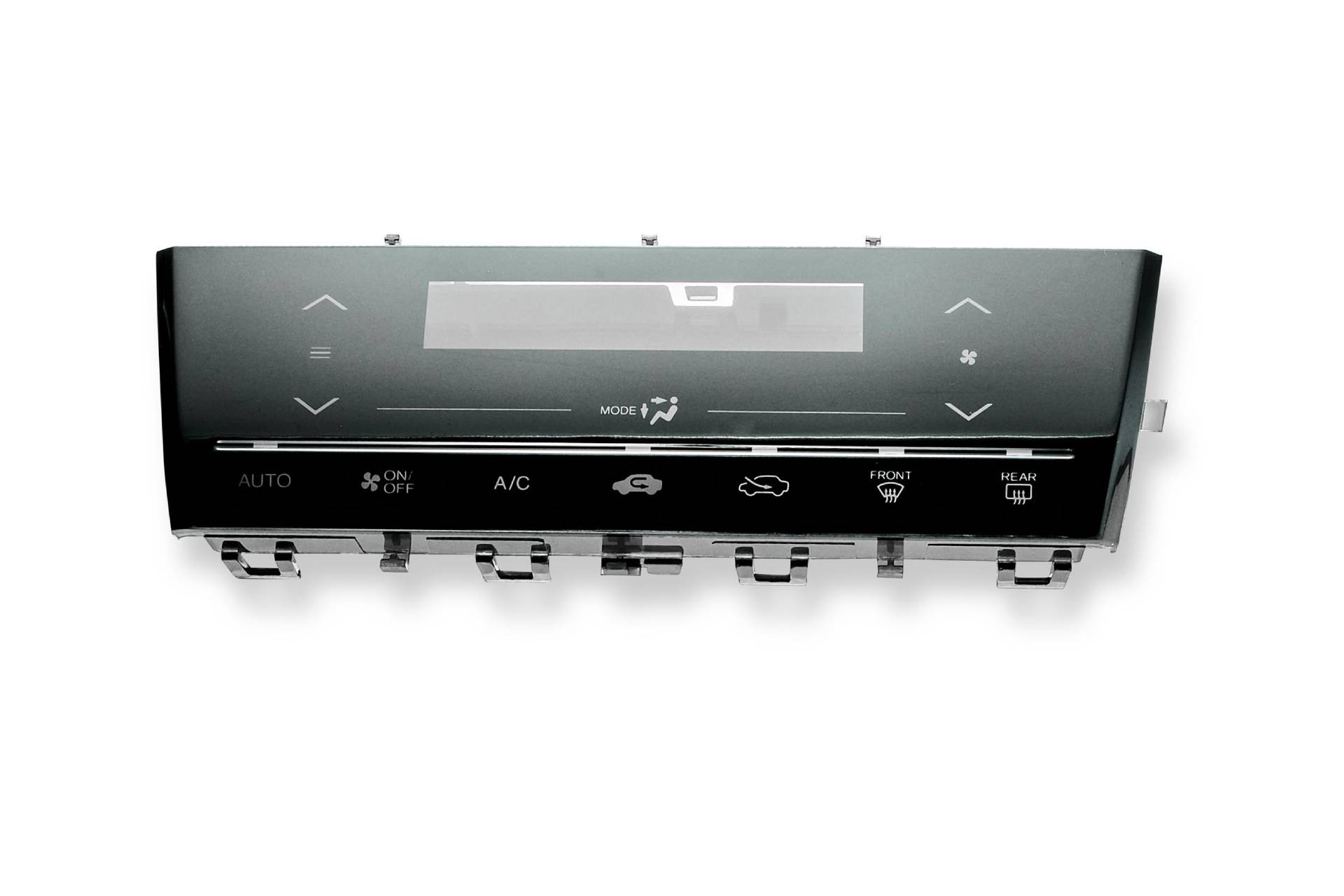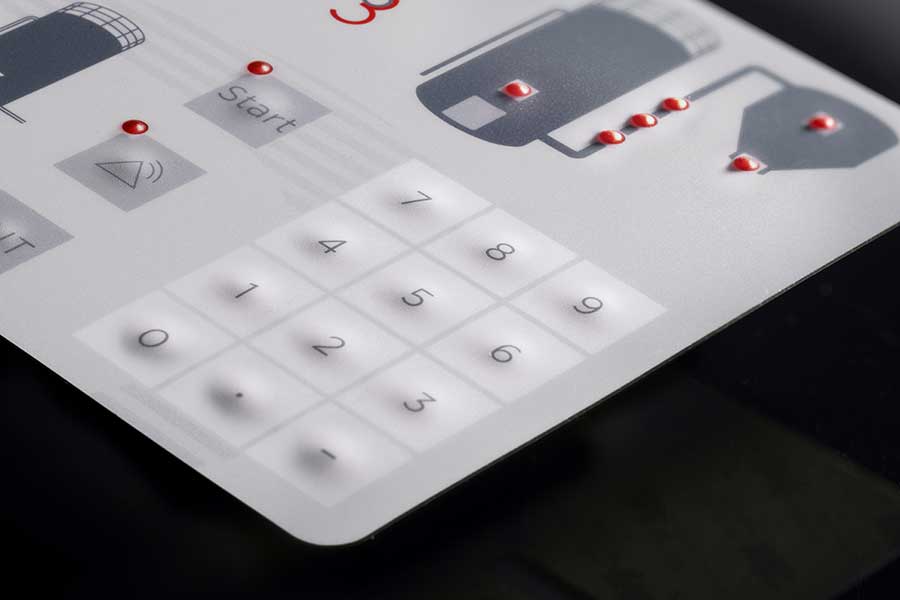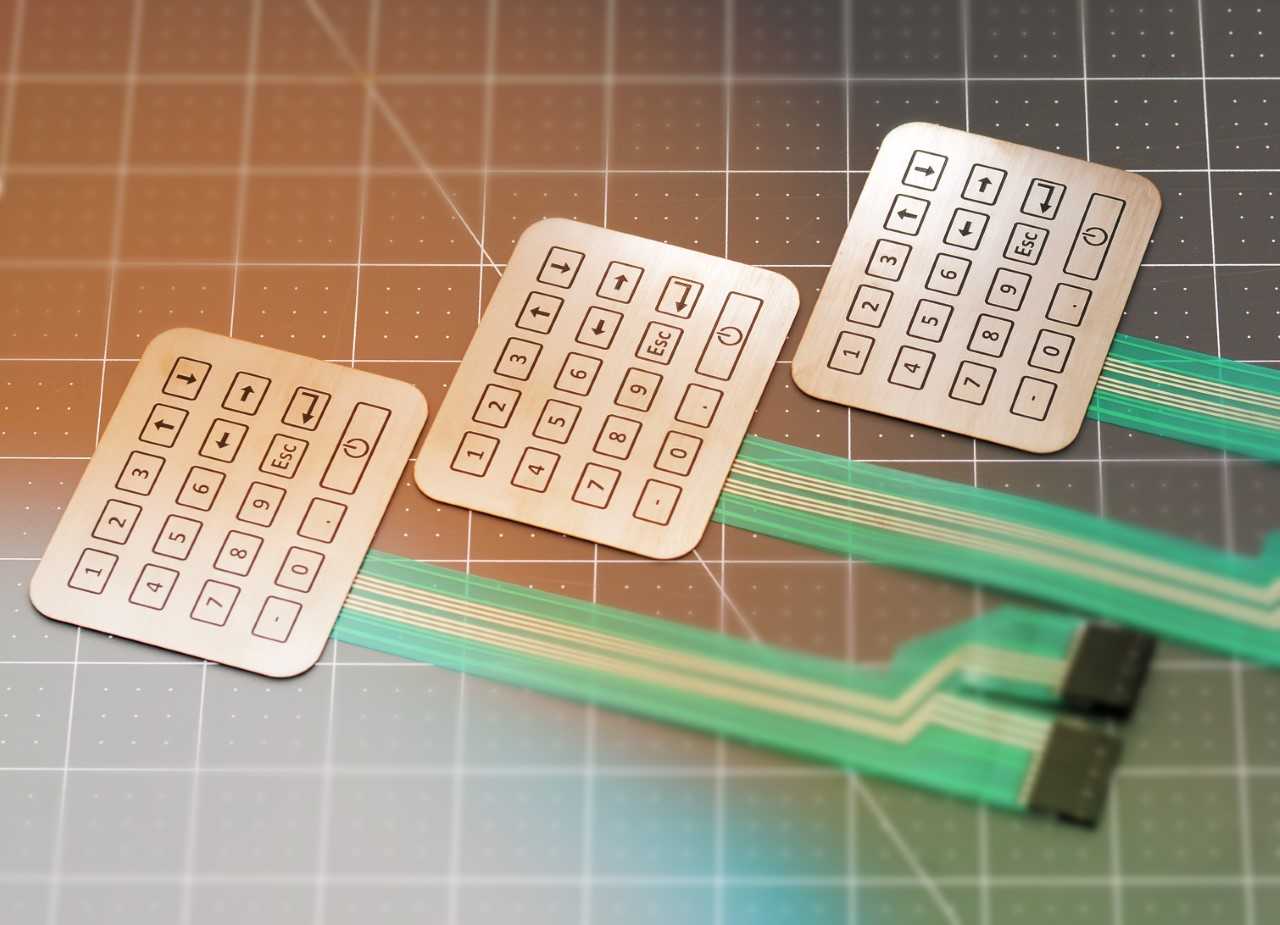Don’t ignore the value of working with a proven membrane switch manufacturer for mock-ups.
Don’t ignore the value of working with a proven membrane switch manufacturer for mock-ups.
Blog Article
All Regarding Membrane Layer Switch: Comprehending Its Style and Performance
When you consider the control user interfaces in modern devices, membrane layer buttons often come to mind. These components are more than simply switches; they mix design and capability perfectly. Understanding exactly how they function and what makes them effective can alter your point of view on day-to-day electronic devices. There are subtleties to their style and efficiency that you might not be conscious of. Allow's discover what collections membrane layer changes in addition to other control systems.
What Are Membrane Layer Buttons?

Membrane switches can also be customized relating to form, dimension, and graphics, allowing makers to develop unique interfaces customized to particular items. On the whole, membrane buttons play a substantial duty in improving user experience throughout a wide selection of applications.
Just How Membrane Switches Over Job
When you push a secret on a membrane layer switch, it activates an uncomplicated yet effective mechanism. The top layer, commonly made from flexible material, pushes down onto a conductive layer beneath it. This action bridges the gap in between conductive traces, completing an electric circuit. As quickly as the circuit closes, it sends a signal to the device's controller, which translates your input.
You'll discover that the responsive comments differs based on the button design, using either a soft click or a more obvious response. As soon as you launch the key, the membrane layer returns to its initial position, resuming the circuit and stopping the signal. This process takes place virtually instantaneously, making certain a receptive individual experience.
Membrane layer buttons are preferred due to their toughness and resistance to dirt and moisture, making them suitable for various applications, from house devices to clinical devices. Understanding this procedure assists you value their widespread use.
Trick Parts of Membrane Layer Buttons
Comprehending the key elements of membrane layer buttons is fundamental for grasping their functionality and layout. At the core, you'll locate the visuals overlay, which supplies the visual user interface for individuals. Beneath that, there's a spacer layer that separates the circuit layers, ensuring that they don't make call till pushed. The circuit layer is where the magic takes place; it includes conductive traces that finish the circuit when you press the switch. An additional important aspect is the glue support, allowing the button to comply with surface areas securely. The protective layer guards versus ecological factors and wear, expanding the button's life expectancy. Each element plays a significant function in making certain trustworthy performance and customer communication. By understanding these components, you'll gain insight into just how membrane layer changes operate and their value in numerous applications.
Materials Made Use Of in Membrane Switch Layout
The efficiency and longevity of membrane layer switches over greatly depend upon the products used in their style. You normally run into polyester and polycarbonate as key substratums due to their excellent toughness and adaptability. These products stand up to scrapes and chemicals, making them perfect for demanding environments.
The conductive layers frequently make use of silver or carbon, selected for their dependability and conductivity. membrane switch manufacturer. Silver provides superior performance, while carbon is an affordable option. For the overlay, you may consider a matte or glossy coating, relying on your aesthetic needs and user experience
Adhesives play an essential function too; they bond layers firmly and guarantee longevity. Make certain to select adhesives that withstand environmental factors like temperature level and humidity. Don't overlook the importance of a great printing method for graphics, as it improves both functionality and visual allure. Picking the right materials will certainly ensure your membrane button stands the examination of time.
Style Considerations for Membrane Layer Buttons
While developing membrane buttons, it's important to take right into account different discover this variables that influence their functionality and customer experience. Beginning by focusing on the design and button size; make particular they're instinctive and easy to navigate. Take into consideration the responsive comments you intend to provide-- will individuals require a visible click or a softer touch? Furthermore, think of the materials you'll utilize, as they'll impact resilience and looks.
Do not neglect the graphic design; clear labeling and shade comparison are considerable for visibility. Verify your design suits ecological factors, like wetness or temperature level variants, which might affect efficiency. Remember the value of testing models with actual users to gather comments and make necessary changes. This repetitive process helps you fine-tune the style, validating it fulfills both practical and visual requirements successfully. By very carefully taking into consideration these aspects, you'll develop a membrane layer button that boosts usability and complete satisfaction.
Applications of Membrane Buttons
Membrane layer buttons are functional components located in various applications, from commercial equipment to consumer electronic devices. You'll see their impact in makers that need long lasting user interfaces and in tools that gain from streamlined styles. Recognizing these applications assists you appreciate the performance and functionality of membrane buttons in everyday modern technology.
Industrial Tools Usage
When you're looking to enhance the performance of industrial equipment, membrane buttons use a trustworthy option that integrates durability with easy to use style. These buttons are excellent for rough environments, offering resistance to dust, dampness, and chemicals. Embrace membrane buttons to streamline your procedures and boost general performance.
Consumer Electronic Devices Integration
In the domain of consumer electronic devices, membrane switches play a necessary role in enhancing individual interaction and gadget capability. Membrane buttons additionally guarantee sturdiness and resistance to dirt and moisture, expanding the life-span of your electronic devices. By picking membrane layer switches, you enhance not just the capability however likewise the design of your devices, making daily interactions smooth and enjoyable.
Benefits and Disadvantages of Membrane Layer Switches
While membrane layer switches offer an array of advantages, they likewise come with some drawbacks that you need to take into consideration. One significant advantage is their small style, making them ideal for space-constrained applications. They're additionally affordable, supplying Click This Link a durable option with a reduced manufacturing cost. On top of that, their seamless surface area is very easy to clean, improving hygiene in environments like healthcare facilities.

Membrane switches can have a shorter lifespan contrasted to mechanical switches, especially under hefty use. They can likewise be less tactile, which might influence user comments throughout procedure. Balancing these pros and disadvantages will certainly help you establish if membrane layer switches are the right Get More Information fit for your task.
Regularly Asked Inquiries
Exactly How Long Do Membrane Layer Changes Usually Last?
Membrane switches normally last between 5 to one decade, depending upon use and ecological conditions. You'll desire to examine factors like wear, direct exposure to moisture, and temperature level variations to evaluate their long life successfully.
Can Membrane Layer Switches Over Be Personalized for Certain Designs?
Yes, you can tailor membrane buttons to fit certain layouts (membrane switch manufacturer). You'll have the liberty to pick shades, forms, and layouts that match your task's demands, guaranteeing they mix seamlessly with your overall aesthetic
What Is the Price Array for Membrane Layer Switch Production?
The cost array for membrane button manufacturing usually falls between $1 and $10 per device, depending on aspects like layout complexity, quantity, and materials. You can get quotes from suppliers to locate the very best alternative.

Are Membrane Layer Switches Over Waterproof or Resistant?
Membrane buttons can be made to be waterproof or resistant, depending on products made use of and construction methods. If you need them for wet atmospheres, guarantee you specify those demands throughout the layout procedure.
How Do Membrane Layer Switches Over Contrast to Traditional Switches?
Membrane layer buttons are generally thinner and more flexible than conventional switches, providing a streamlined layout. They're frequently simpler to clean up and integrate, however may not supply the responsive comments you're utilized to with mechanical choices.
Verdict

Report this page